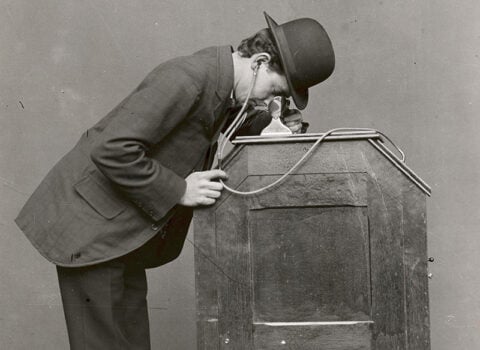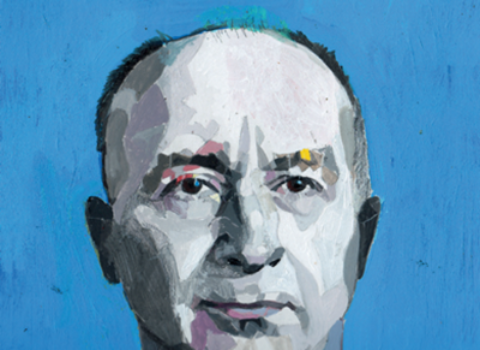Although Thomas Edison is usually credited with the invention of the movie camera, as with so much surrounding the Wizard of Menlo Park, the truth is more complicated. Louis Le Prince, a French-born artist and inventor, made a short film six years before Edison, but mysteriously disappeared before he could get a patent for the device he used to shoot it. In the April issue, Nat Segnit reviews Paul Fischer’s The Man Who Invented Motion Pictures: A True Tale of Obsession, Murder, and the Movies, a book that focuses on Le Prince’s life and his contributions to cinematic history. Segnit joins web editor Violet Lucca for a discussion of film’s contested origins and its rise and fall as the preeminent popular medium. In addition to possibly making the first film, Le Prince was unique among cinematic pioneers in seeing film as more than a gimmick or a product—he understood film’s cultural value, its capacity to unite audiences. Segnit and Lucca discuss this “communal swoon,” a rapture in the presence of film’s massive, unpausable images, and debate whether different forms of moving pictures, from magic lanterns to television to smartphones, have brought more isolation than interconnectedness. They also discuss the nature of invention—whether advances are more often the product of single, heroic creators or of smaller contributions by countless sources, and hypothesize about how the history of Hollywood would have been different had Le Prince lived.
Sign in to access Harper’s Magazine
We've recently updated our website to make signing in easier and more secure
Sign in to Harper's
Hi there.
You have
1
free
article
this month.
Connect to your subscription or subscribe for full access
You've reached your free article limit for this
month.
Connect to your subscription or subscribe for full access
Thanks for being a subscriber!
Get Access to Print and Digital for
$23.99 per year.
Subscribe for Full Access
Subscribe for Full Access

















































































































